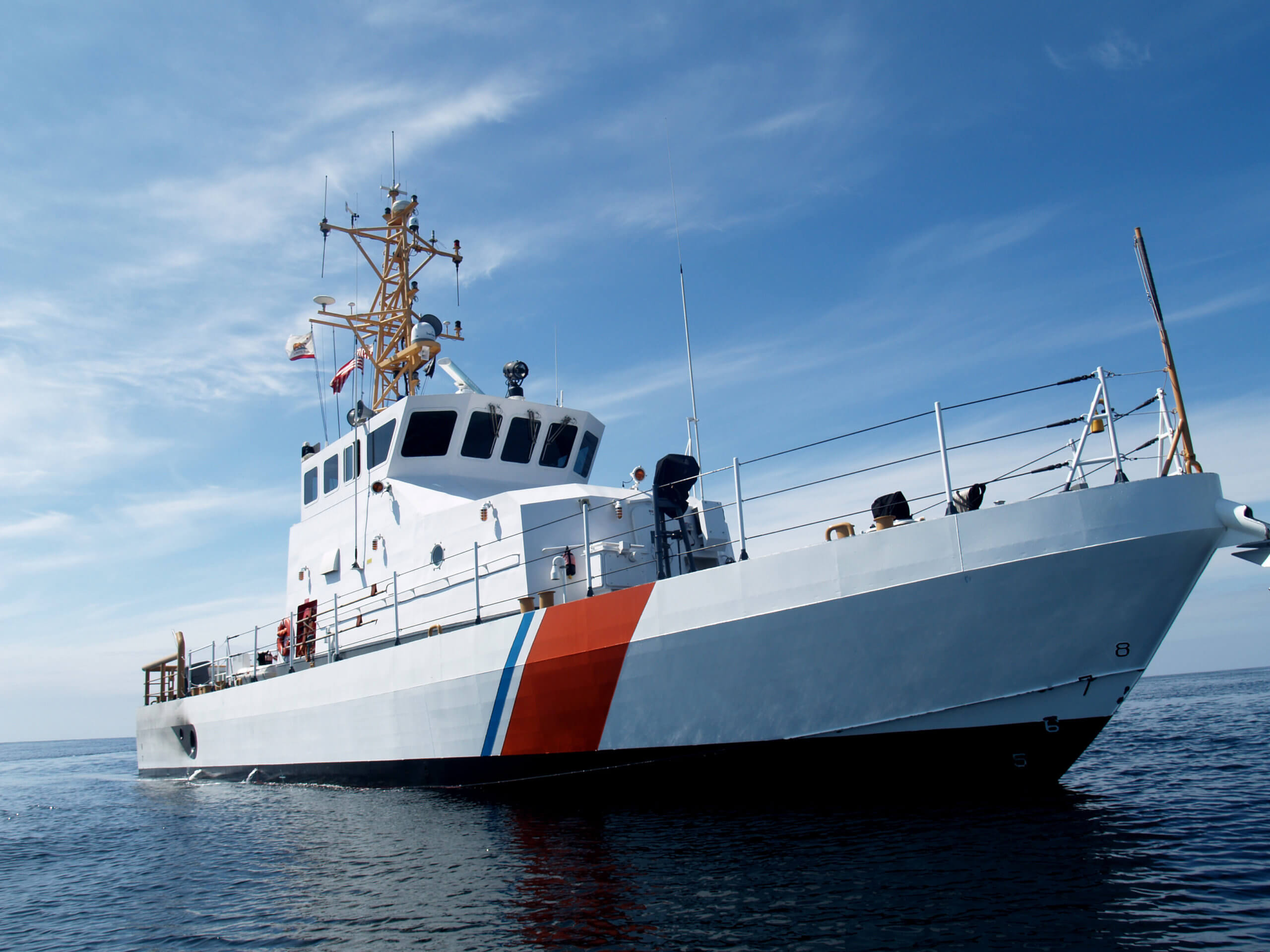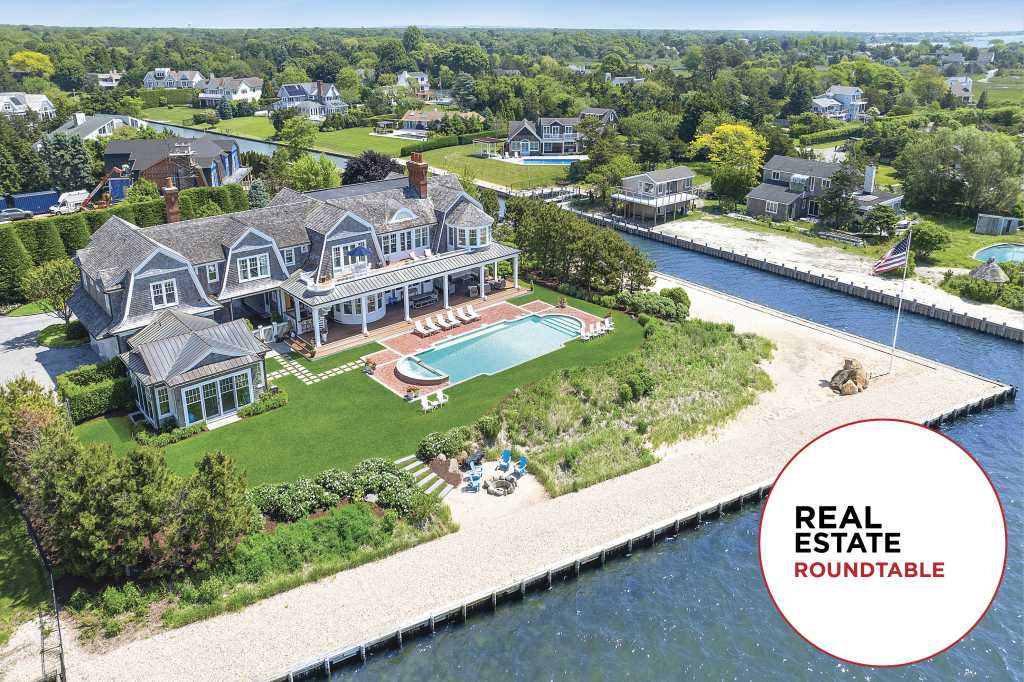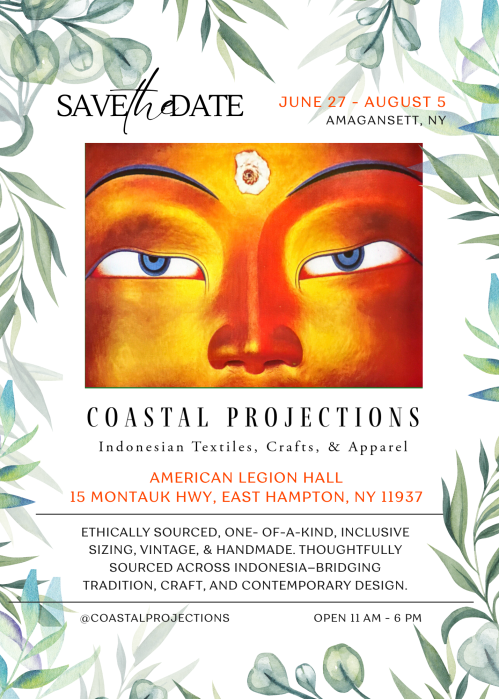Preventing A Collision At Sea, Part XIV

On April 18, the skipper of a sailboat blithely sailed in front of 550-foot tanker in a narrow channel near Stockton, CA. Even if you are not an experienced sailor, if you’ve ever driven a car on a tractor-trailer-filled highway, you can easily understand how dangerous that was to all involved. This column is about techniques of avoiding collisions with an emphasis on narrow channels.
Rule 9 – In A Narrow Channel
A channel is defined as “narrow” when boats in it are severely limited in room to maneuver — and the presence of a 550-foot tanker can make a wide fairway seem like tightrope to anyone.
All vessels are urged to stay as far to the starboard side of the channel as possible. If both skippers do that, it opens a safe passage, normally. Do not anchor in the narrow channel (in any event, it is a violation of the International Regulations for Preventing Collisions at Sea (COLOREGS) to anchor in any channel or tie up to any federal buoy.)
The sailboat is at the tip of the red arrow and I think you can infer that the tanker is not making way down the right side of the channel. Why is that? Most likely, the tanker is “constrained by [her] draft” and would declare that for all to see by lights and shapes.
As such, she is obligated by Rule 18 (dii) to “navigate with particular caution having full regard to her special condition.” The word “shall” is used in the full text. In COLREG-speak, “shall” means “must!”
So, what to do, skipper? Do not cross the channel if it will interfere with a vessel that, by the nature of its draft, is confined to it. Rule 9(b) specifically states that “a vessel less than 20 meters (about 66 feet) in length shall not impede the passage of a vessel which can safely navigate only within the narrow channel or fairway.” In contrast, a large vessel should not try to pass a smaller vessel in a narrow channel as the hydrodynamic effects caused by the larger displacement and the suction of her propellers will pull the smaller vessel into the larger one. That would be a very bad day.
Having said all this, whenever there is a collision, an admiralty or maritime board will never apportion blame 100-0. If there is a collision, both skippers broke Rule 2, which basically says you are required to break all the other rules to avoid a collision. If there is a collision, Rule 2 itself was broken! Given this, it bears to speak a bit about Rule 8.
Rule 8 – Action To Avoid Collision
How many times in your life have you walked toward someone who was walking exactly in the opposite direction and you both did the “stutter step” — you turn to your right just as they turn to their left so you both stop — and then you both reverse courses simultaneously, again, and again, and again? Finally, you both stop “stutter stepping” and wave the other past.
We’ve written earlier about the “stand-on” (hold course and speed) and “give-way” (take early and substantial action to keep clear) vessels. Rules 13 (Overtaking), 14 (Head-On) and 15 (Crossing) are all about these obligations. So, what is Rule 8 about? You’re stand-on and collision is still possible — now what?
The give-way vessel must take early and substantial action to keep clear. Given that, changing course is easier to “telegraph” as a move versus just slowing down. Unless you come to a dead-stop (bow wave flattens, the bow itself dips down/forward and the boat settles on her waterline), the stand-on skipper may not be sure of your intentions. But, imagining that you are the stand-on vessel and the give-way is not telegraphing a proper action to avoid a collision, you must assume one is imminent. Thus you “shall” start to take your independent action.
You never hesitate to use your horn in the car. Why do you hesitate in your boat? You may give five or more short blasts that might just get that skipper to port (you are on his right) to wake up and at least throttle back.
You may take any action yourself re: the boating’s heading — except turning towards port when the offending vessel is on your port side (see “stutter step” above!)
If collision seems imminent unless you do something, you must do something. Blast away on the horn and “take the most effective action” to avoid the collision. Coming to a dead stop may be best. Turning, so as to be going in the same direction, but hopefully only parallel, as the offending boat may also be best. Use judgment. I like dead-stop as a first try since the combined velocity is lessened if both of us aren’t going 20 knots at crunch time.
What could the skipper of a 550-foot tanker do? It will take miles to stop the boat — but throwing the vessel into reverse will at least start to slow the ship. Those few seconds may make the difference. Perhaps turning just a few degrees to starboard will add a few more seconds. But be assured that, if asked, “Skipper, what did you do when you saw the sail boat turn under your bow?” and the answer is, “nothing,” that that will weigh against the tanker’s skipper.
If interested in joining the U.S. Coast Guard, email the author at JoinUSCGAux@aol.com.









